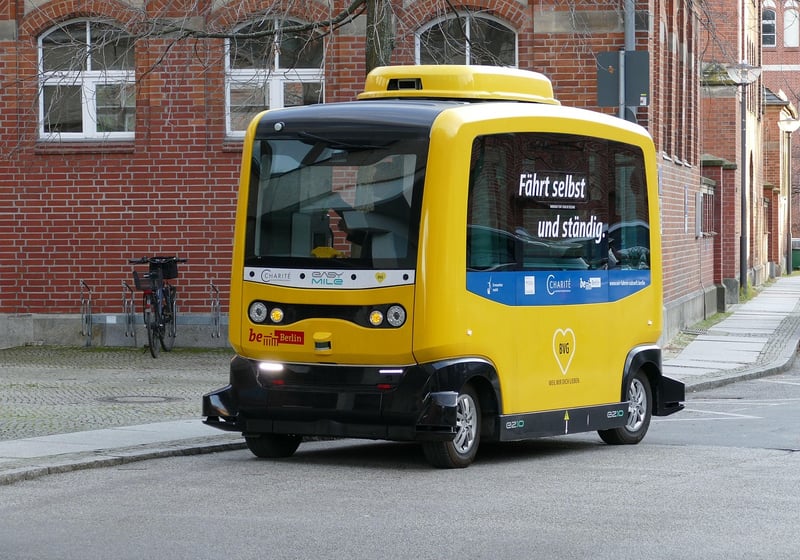Autonomous Vehicles
Practical Uses of Neural Networks: Autonomous Vehicles
Neural networks, a subset of artificial intelligence, have revolutionized various industries with their ability to mimic the human brain's functioning. One of the most notable applications of neural networks is in autonomous vehicles, where they play a crucial role in enabling self-driving cars to navigate and make decisions on the road.
1. Object Detection and Recognition
Neural networks are used in autonomous vehicles to detect and recognize objects in their surroundings. By analyzing images and video feeds from cameras mounted on the vehicle, neural networks can identify pedestrians, other vehicles, road signs, and obstacles, allowing the car to react accordingly.
2. Path Planning and Navigation
Neural networks help autonomous vehicles plan their routes and navigate through complex environments. By processing real-time data from sensors like LiDAR and GPS, neural networks can create detailed maps, identify the vehicle's position, and determine the optimal path to reach the destination safely.
3. Decision Making and Control
Neural networks make critical decisions in autonomous vehicles, such as when to accelerate, brake, or change lanes. By continuously analyzing data from the vehicle's sensors and predicting potential outcomes, neural networks can ensure smooth and safe driving experiences for passengers.
4. Adaptive Learning and Improvement
One of the key advantages of neural networks in autonomous vehicles is their ability to learn and improve over time. Through a process known as deep learning, neural networks can adapt to new situations, refine their decision-making algorithms, and enhance overall performance based on feedback from real-world driving experiences.
5. Enhanced Safety and Efficiency
By leveraging neural networks, autonomous vehicles can significantly enhance safety on the roads by reducing human errors and improving reaction times. Additionally, self-driving cars equipped with neural networks can optimize fuel efficiency, reduce traffic congestion, and provide a more comfortable and convenient transportation experience.

Overall, neural networks have transformed the automotive industry by powering the development of autonomous vehicles with advanced capabilities. As technology continues to evolve, we can expect further innovations in self-driving cars driven by the power of neural networks.
References: ResearchGate - Application of Neural Networks in Autonomous Vehicles
